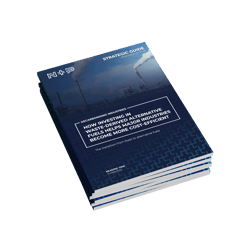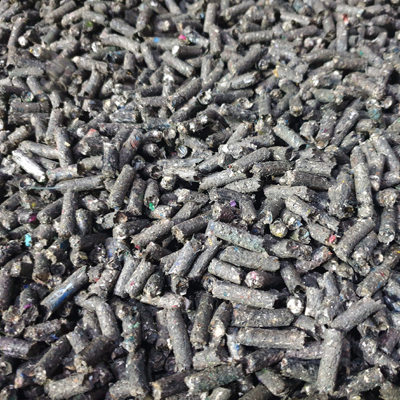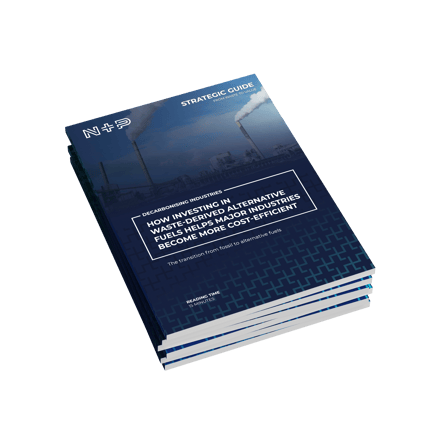Replacing fossil fuels with alternative, waste derived fuels is a powerful solution to reduce your CO2 footprint, commit to sustainable production and save fuel costs. Myths and misconceptions around waste-derived fuels are easily put to rest when you consider the fast-growing numbers of users in cement, lime, steel, and other industries, but where do you begin when transferring to greener fuels?
Before embarking on such a transition, it’s important to understand the required steps towards a more sustainable business process. In this blog, we address some of the tasks that must be accomplished before the benefits of using alternative fuels can be realized.
Evaluate your plant's compatibility with waste-derived alternative fuels
The first and most important requirement is a willing mindset: If you are open to understanding and working through the challenges ahead, you surely will succeed. If there's willingness across the board, the next thing to do is look at your current business and ask yourself whether it will be possible to introduce a second fuel into your process?
Will the plant infrastructure need changes or additions to accommodate the alternative fuel? To find out, four main questions must be answered:
-
Do you know potential stumbling blocks regarding the use of alternative fuels?
-
Do you fully understand the impact on your current production process?
-
How will the waste-derived fuels be delivered to you?
-
How will the fuel be stored on-site?
-
In what form (pellets / powder) will the waste-derived fuels arrive?
-
How will it be physically fed into the process?
It´s all about auditing your current management approach and the existing management systems. By diving into these questions, you will gain clear insights into the extent to which your production process is already compatible with alternative fuels. These insights will also make your permit application more efficient.
Apply for permits to burn waste-derived fuel
Even though the exact requirements will strongly depend on the country and locality, you will likely need to apply for a permit to burn waste-derived fuels. For most new projects, companies typically seek permission from government authorities to trial even small trial volumes of alternative fuel.
Before such an application can be made, you will need to explain the process of burning AF within the process, have arranged the logistics, the application process will raise questions about the material to be burned and a forecast will have to be made regarding impacts on the environment. Additionally, you may need a separate permit to import the fuel.
Want to know more about the necessary permitting requirements and best practices as to how to obtain them? Our latest strategic guide contains more in-depth information and practical tips. Request the guide here.
Select the best alternative waste-derived fuels for your operations
The chemistry impact on the entire cement making process will have to be made with particular attention being paid to ash composition, alkali and chlorine mass balances. Waste-derived fuel can be engineered to specific compositions that will work best for your specific industry.
By working with your supplier, you will gain a better understanding of the optimal alternative fuel composition and the process changes that may be required for your operation.
When choosing the best composition, some important considerations should be made. Curious to know the most commonly-faced challenge? Download our strategic guide and learn how to overcome them.
Waste-derived fuels vs. traditional fossil fuels: a cost-benefit analysis
Once you have found the right composition, you can actually start incorporating waste-derived fuels into your current business process. To make the transition as easily and efficiently as possible, the first step will be to compare the price of fuel and emissions with that of your current system.
What will the use of alternative fuels cost for your operation and what will it save in the long run? In our experience, alternative fuels are always cheaper than fossil fuels, and in countries with an Emissions Trading System, the CO2 savings might even pay for the fuel itself.
Keep an open mind to the possibilities of waste-derived alternative fuels
Replacing traditional fossil fuels with alternative fuels requires an openness to continuous learning as you work through the transition process. Be willing to test different ways of handling and transporting the fuel, as well as different compositions to hone in on the most efficient and cost-effective solution. Keeping an open mind to the possibilities as well as the challenges involved is key to your success in transitioning to alternative fuels.

The changeover to alternative fuels in an industrial process is a step-by-step process. Want to know more about all the important steps to take? Request our strategic guide and get practical tips and expert advice on how to best implement waste-derived fuels into your current business process.


